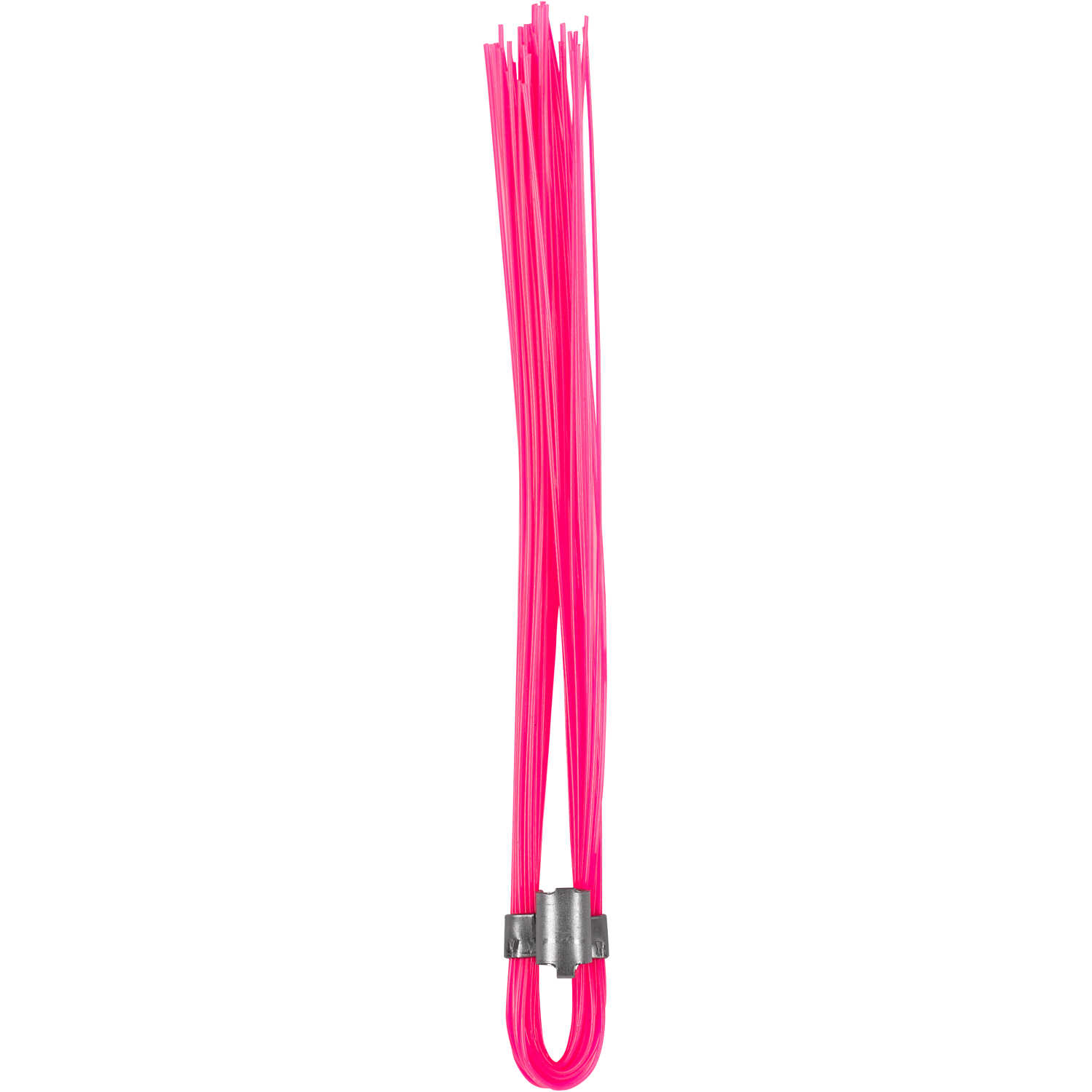
Stake Whiskers
Identify surveyed points or construction locations of highways, roads, or buildings.
Description
Pink, Presco Stake Whiskers, Bundle of 25
The 5-1/2” flexible plastic tops spring back if run over, eliminating the time and expense of re-staking. Fit all wood stakes. Bundle of 25.
Have A Question?
Quick Specs
| Brand | Presco |
| MPN | W6*PG |
| UPC | |
| UNSPSC | 41114205 |
| Made In | United States |
Quick Specs
Have a question about this product?
- The description states that these are sold as a bundle of 25, so each bundle starts at $3.75? Or is that individual stake price?
- These come in bundles of 25 for $3.75.
Reviews
I use the yellow, blue, pink, red and orange stakes in an experimental prairie for the past 3 years. They receive a good deal of sun exposure throughout the year. In my experience the orange and pink stakes fade the most and the blue ones the least. The yellow and red are somewhere in the middle. They are great for marking plot corners, but they do not hold up to fire very well. Still I find it worth the effort of replacing the melted or faded stakes annually to maintain our plot boundaries and guide data collection. Melted whisker stakes are relatively easy to see in the spring because the plastic melts down to the top of the nail, otherwise I use a handheld metal detector to locate missing stakes/nails fairly quickly.
We use the blue whiskers for a reforestation survey. After 3 growing seasons, the blue whiskers looked just as good as they did the day we installed them. I look forward to revisiting the sites after the 7th growing season and observing their resilience.
We used the pink whiskers to mark seedlings whilst performing a reforestation study. After 3 growing seasons the whiskers had faded to white/clear and became rather brittle. Some had begun to fall apart. They were still visible, but we doubted they would last until the next observation period, 4 more growing seasons, so we replaced them all.

